- Home >
- Learn >
- Garden Guides >
- Edible Gardens
Garden Guides
- Asparagus
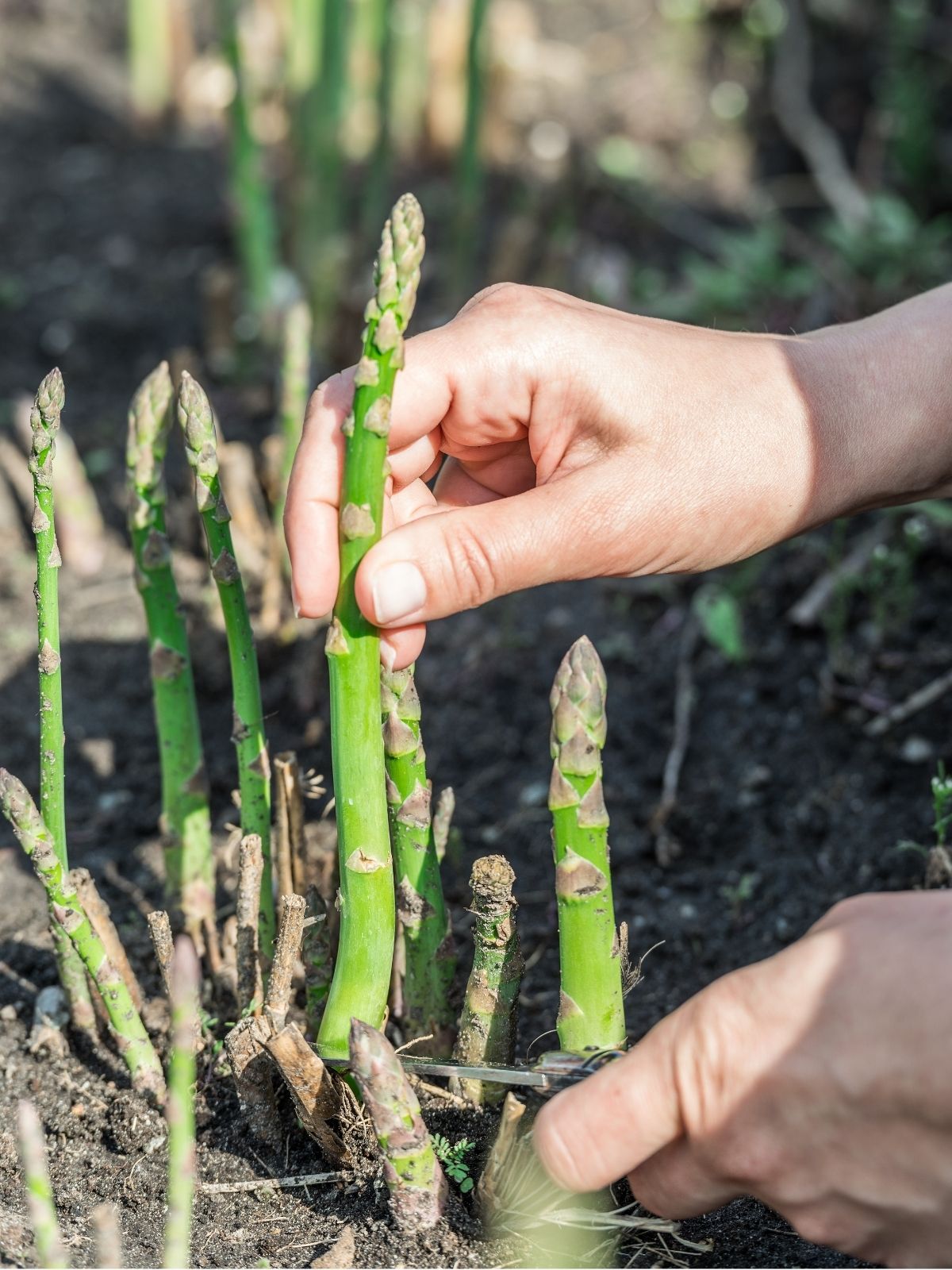 AsparagusGrowing asparagus is like planting the gift that keeps on giving. This hardy vegetable thrives in New Zealand’s cooler climates, providing delicious spears for up to 20 years once established.
AsparagusGrowing asparagus is like planting the gift that keeps on giving. This hardy vegetable thrives in New Zealand’s cooler climates, providing delicious spears for up to 20 years once established. - Avocado
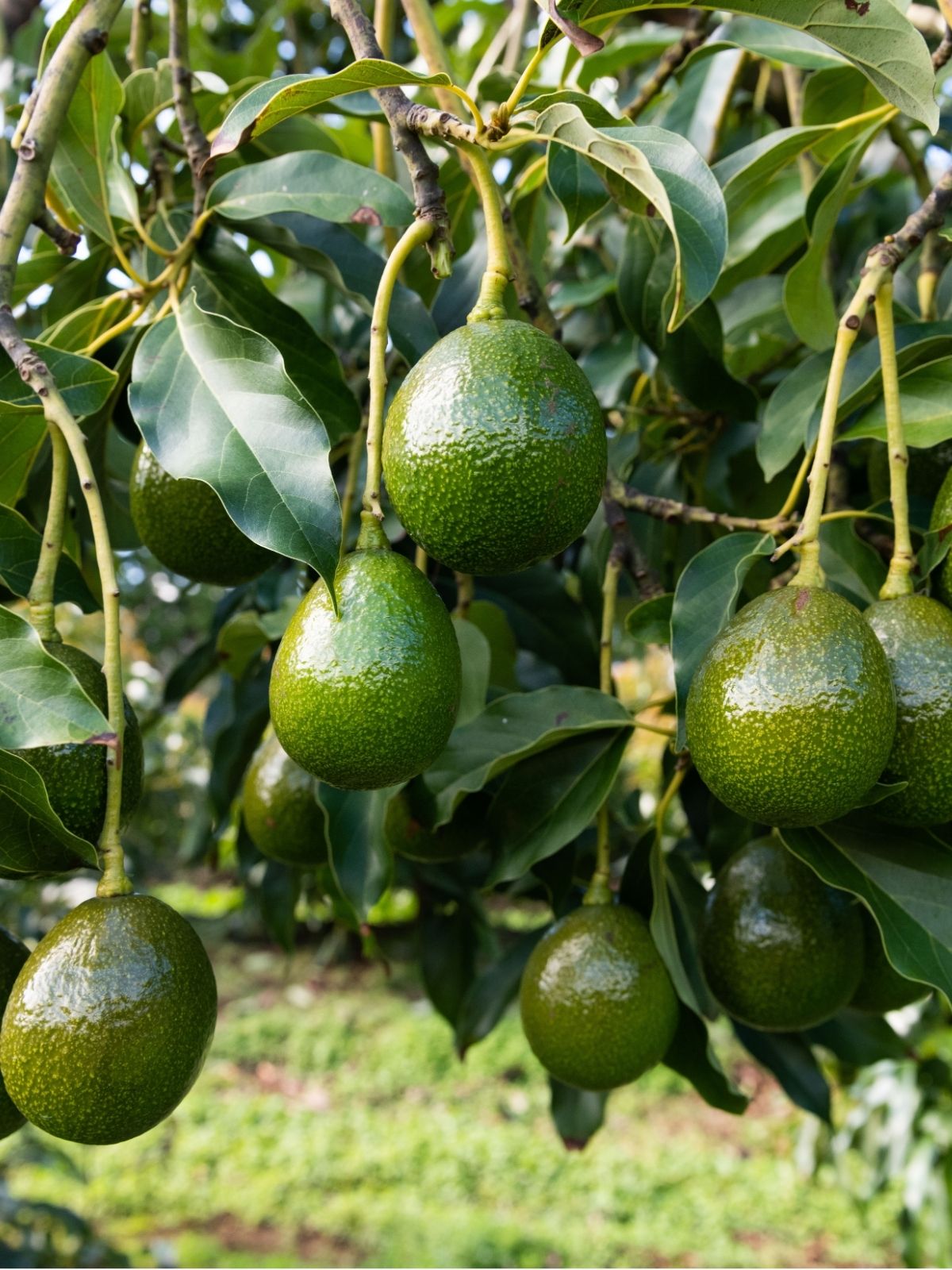 Avocado Avocado trees yield nutrient-rich fruit and make an attractive addition to any garden. You can enjoy bountiful harvests for years with the right mix of sunlight, care, and patience.
Avocado Avocado trees yield nutrient-rich fruit and make an attractive addition to any garden. You can enjoy bountiful harvests for years with the right mix of sunlight, care, and patience. - Ballerina Apples - Space Saving
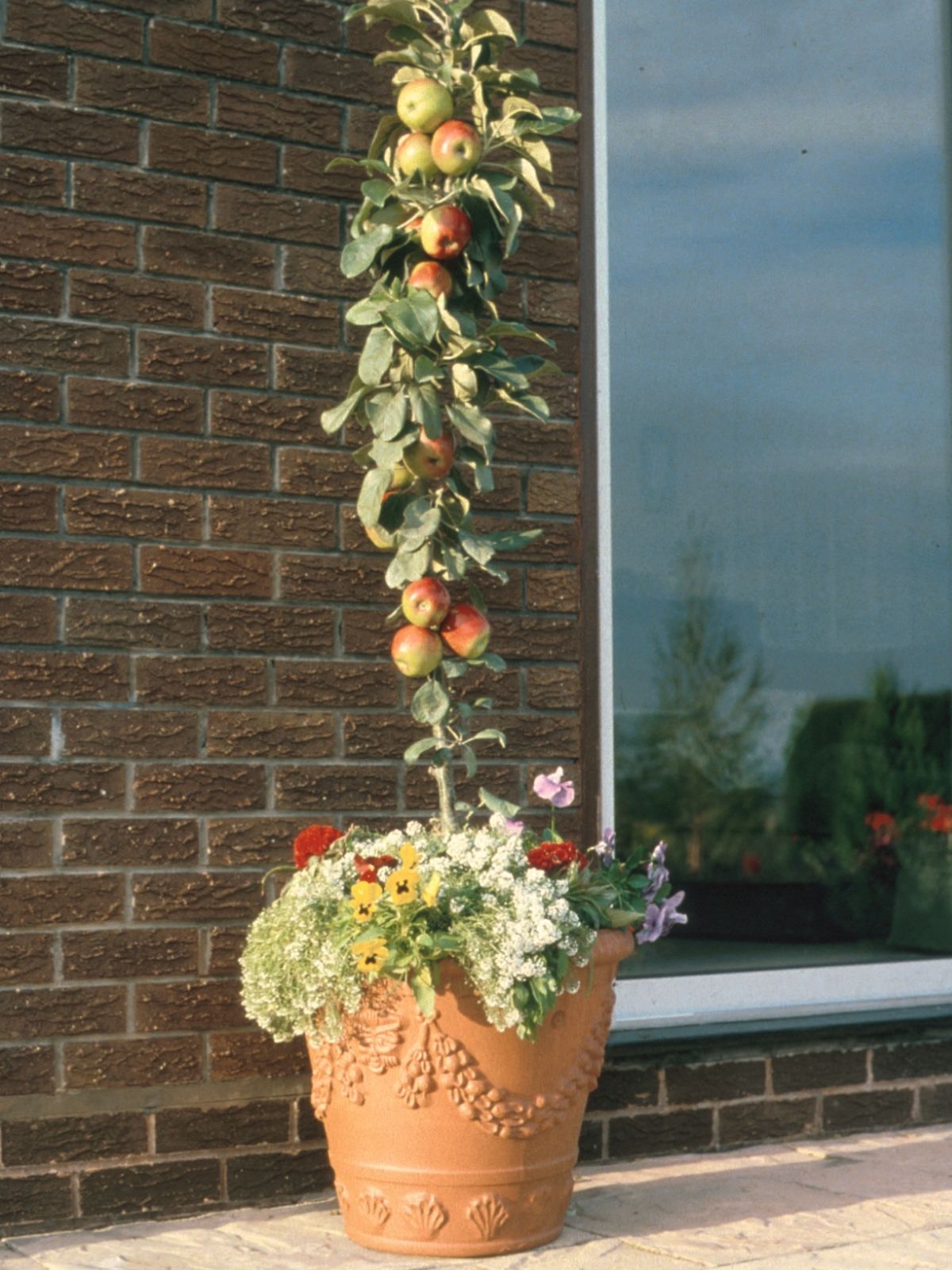 Ballerina Apples - Space SavingEven if you're limited by garden space, you don’t have to miss out on the joy of harvesting fresh fruit.
Ballerina Apples - Space SavingEven if you're limited by garden space, you don’t have to miss out on the joy of harvesting fresh fruit. - Beans
 BeansWhether eaten raw or cooked, beans are versatile, nutritious, and easy to grow from seed or seedlings.
BeansWhether eaten raw or cooked, beans are versatile, nutritious, and easy to grow from seed or seedlings. - Beetroot Growing from Seed
 Beetroot Growing from SeedIf you’re looking for a vegetable that’s as versatile in the kitchen as it is easy to grow, beetroot ticks every box.
Beetroot Growing from SeedIf you’re looking for a vegetable that’s as versatile in the kitchen as it is easy to grow, beetroot ticks every box. - Berries
 BerriesBerries offer a wealth of vitamins, including A and C, along with trace elements and health-promoting properties—earning them the title of "nature’s health lollies.
BerriesBerries offer a wealth of vitamins, including A and C, along with trace elements and health-promoting properties—earning them the title of "nature’s health lollies. - Blueberries
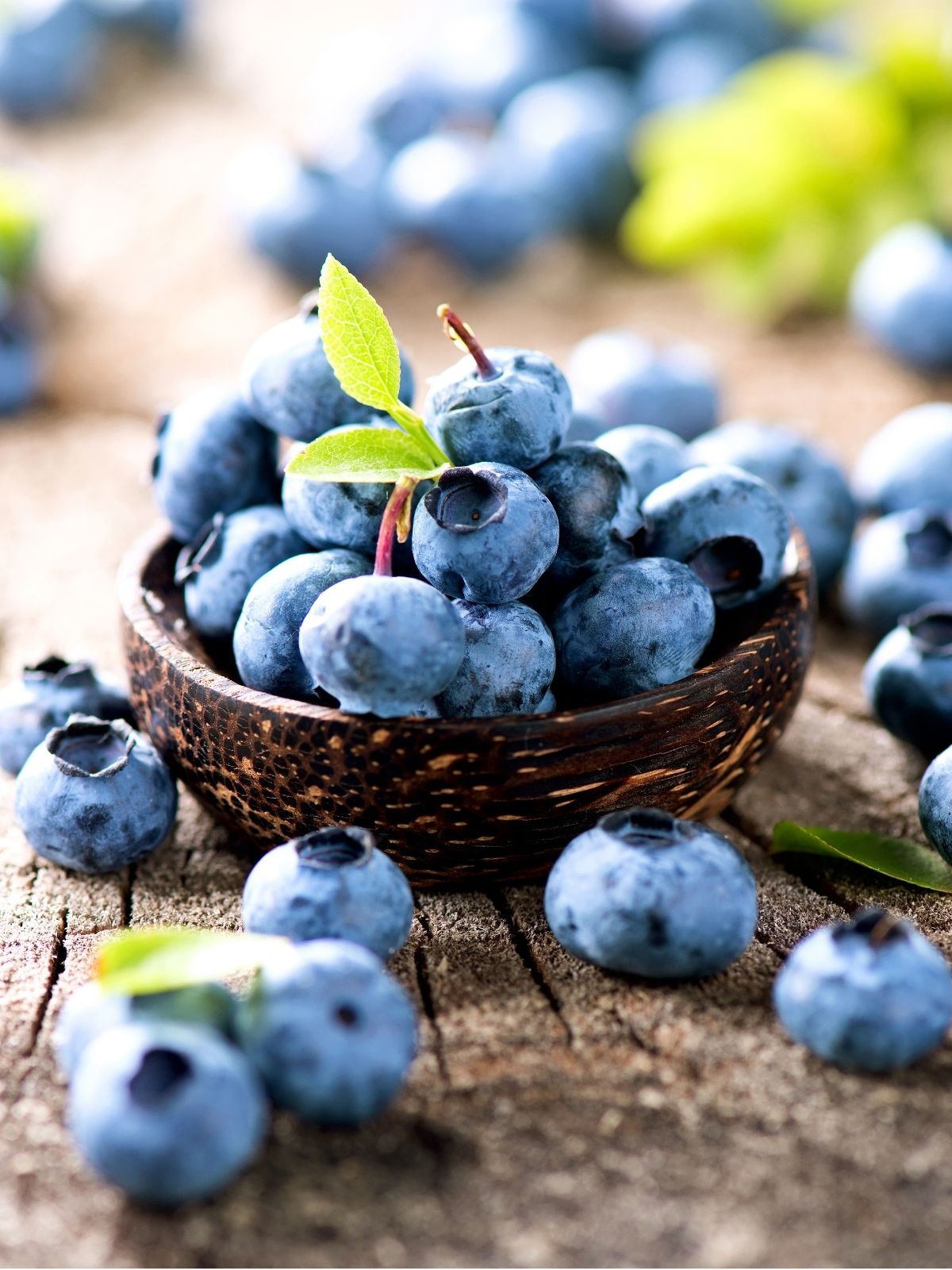 BlueberriesBlueberries are a versatile and nutritious fruit that makes a great addition to any garden. Not only are they easy to grow, but they also serve as lovely specimen plants in containers or as a low hedge.
BlueberriesBlueberries are a versatile and nutritious fruit that makes a great addition to any garden. Not only are they easy to grow, but they also serve as lovely specimen plants in containers or as a low hedge. - Brambles
 BramblesBrambles, members of the Rubus family, include beloved berries like raspberries, blackberries, tayberries, and boysenberries. Their versatility and delicious fruits make them a fantastic addition to any garden.
BramblesBrambles, members of the Rubus family, include beloved berries like raspberries, blackberries, tayberries, and boysenberries. Their versatility and delicious fruits make them a fantastic addition to any garden. - Brassicas
 BrassicasBrassicas, including broccoli, cauliflower, cabbage, and more, are nutrient-packed vegetables that add great flavour to your meals. Growing your brassicas not only saves money but also guarantees fresh produce.
BrassicasBrassicas, including broccoli, cauliflower, cabbage, and more, are nutrient-packed vegetables that add great flavour to your meals. Growing your brassicas not only saves money but also guarantees fresh produce. - Carrots & Cultivation Tips
 Carrots & Cultivation TipsCarrots are easy to grow from seed and thrive when directly shown in the garden. Since they dislike being transplanted due to their fragile roots, starting from seed is key for a successful carrot crop.
Carrots & Cultivation TipsCarrots are easy to grow from seed and thrive when directly shown in the garden. Since they dislike being transplanted due to their fragile roots, starting from seed is key for a successful carrot crop. - Cherry Guava
 Cherry GuavaThis hardy, versatile plant is not only able to withstand extreme weather conditions but also boasts impressive health benefits, including more vitamin C than citrus fruits and most vitamin C supplements.
Cherry GuavaThis hardy, versatile plant is not only able to withstand extreme weather conditions but also boasts impressive health benefits, including more vitamin C than citrus fruits and most vitamin C supplements. - Chillies & Peppers
 Chillies & PeppersPeppers are a fantastic addition to any garden, offering flavourful fruits and vibrant colour. Whether growing sweet capsicums or fiery chillies, peppers are easy to grow with the right care and attention
Chillies & PeppersPeppers are a fantastic addition to any garden, offering flavourful fruits and vibrant colour. Whether growing sweet capsicums or fiery chillies, peppers are easy to grow with the right care and attention - Citrus
 CitrusCitrus trees are a must-have in any Kiwi Garden, offering an array of flavours and benefits. Easy to care for and evergreen, they provide delicious fruit for your culinary needs and make a beautiful, fragrant addition to your outdoor space.
CitrusCitrus trees are a must-have in any Kiwi Garden, offering an array of flavours and benefits. Easy to care for and evergreen, they provide delicious fruit for your culinary needs and make a beautiful, fragrant addition to your outdoor space. - Citrus – Choosing What to Grow
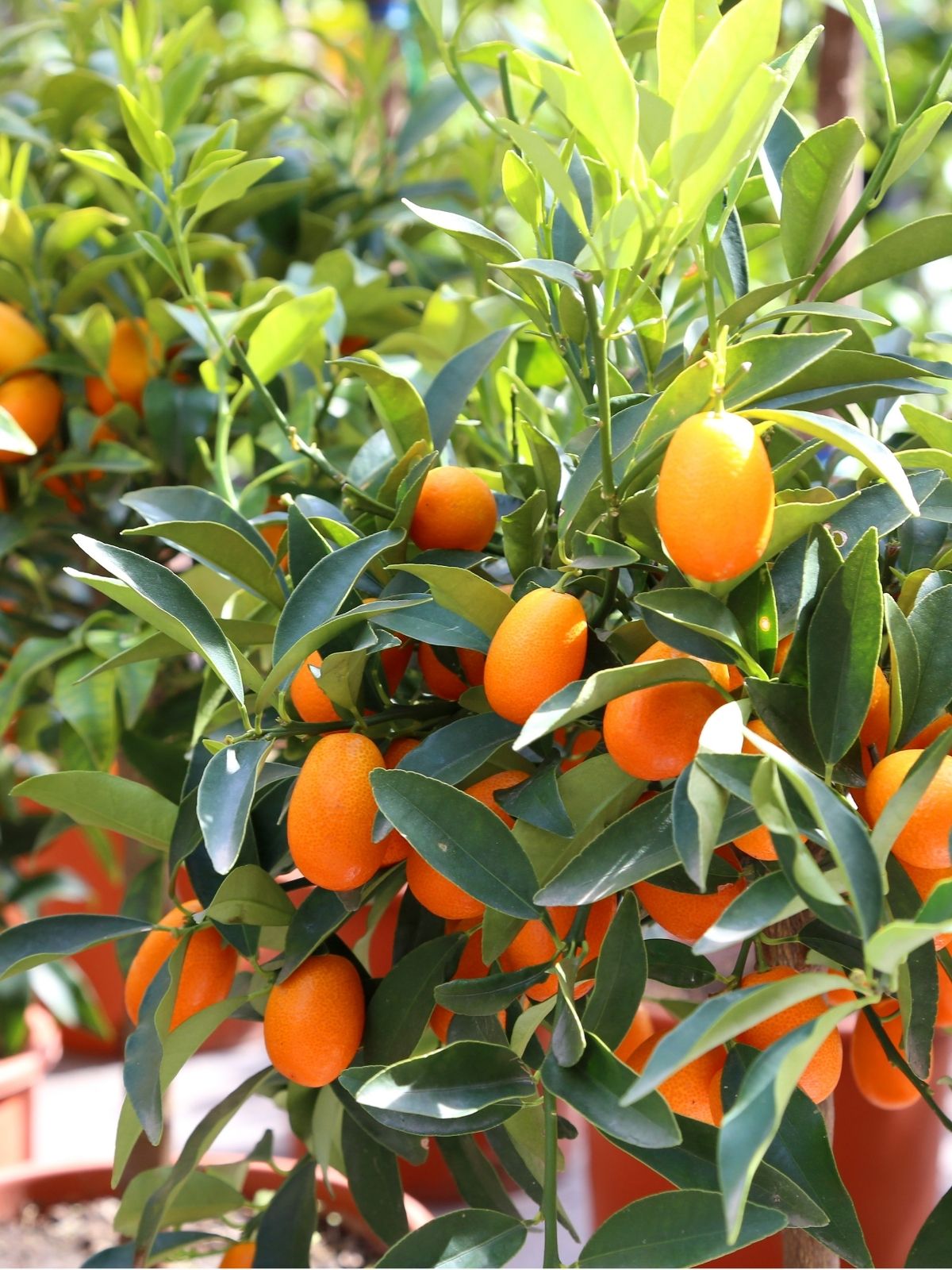 Citrus – Choosing What to GrowCitrus trees are a delightful addition to any garden, offering aesthetic appeal and edible rewards. The key to successful citrus growing lies in selecting the right varieties for your climate and available space.
Citrus – Choosing What to GrowCitrus trees are a delightful addition to any garden, offering aesthetic appeal and edible rewards. The key to successful citrus growing lies in selecting the right varieties for your climate and available space. - Codling Moth
 Codling MothCodling moths are a headache for both orchardists and home gardeners alike. Let’s take a closer look at how to control them.
Codling MothCodling moths are a headache for both orchardists and home gardeners alike. Let’s take a closer look at how to control them. - Companion Planting
 Companion PlantingLooking to boost your garden’s health and productivity naturally? Companion planting is the perfect solution! Pairing plants to deter pests, improve soil fertility, and attract essential pollinators
Companion PlantingLooking to boost your garden’s health and productivity naturally? Companion planting is the perfect solution! Pairing plants to deter pests, improve soil fertility, and attract essential pollinators - Corn, Eggplants & Cucurbits
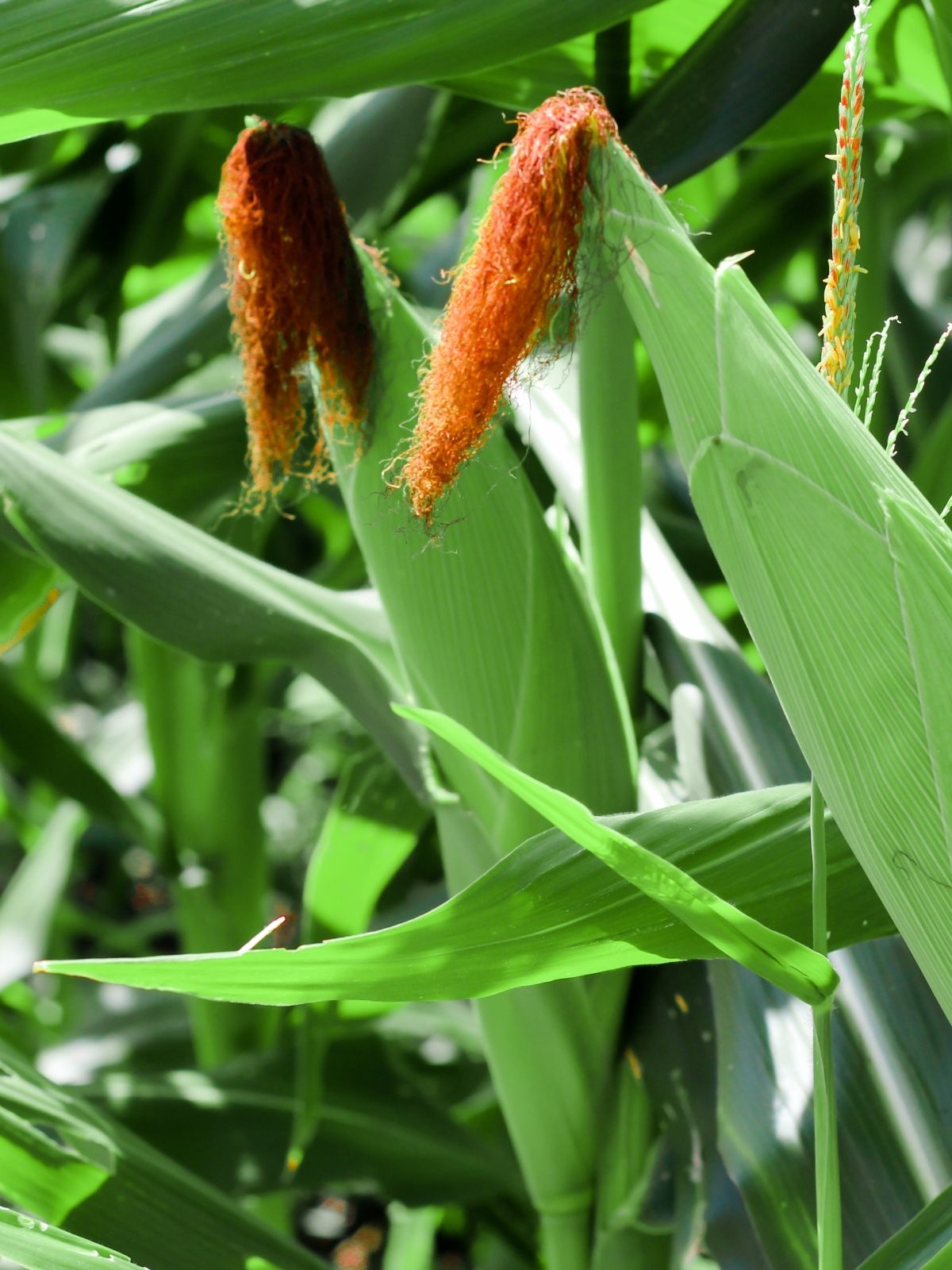 Corn, Eggplants & CucurbitsGrowing corn, eggplants, and cucurbits can be tricky, but with the right knowledge and preparation, you’ll soon be enjoying a bumper crop of these delicious veggies.
Corn, Eggplants & CucurbitsGrowing corn, eggplants, and cucurbits can be tricky, but with the right knowledge and preparation, you’ll soon be enjoying a bumper crop of these delicious veggies. - Crop Rotation
 Crop RotationStarting a veggie garden is a rewarding way to save money and ensures fresh, delicious produce right from your backyard. Growing your own vegetables offers the joy of knowing exactly where your food comes from
Crop RotationStarting a veggie garden is a rewarding way to save money and ensures fresh, delicious produce right from your backyard. Growing your own vegetables offers the joy of knowing exactly where your food comes from - Cucurbits
 CucurbitsCucurbits, often thought of as vegetables, are fruits that belong to the Cucurbitaceae family. This group includes popular crops like cucumbers, pumpkins, squash, watermelons, rock melons, and zucchini/courgettes/marrows.
CucurbitsCucurbits, often thought of as vegetables, are fruits that belong to the Cucurbitaceae family. This group includes popular crops like cucumbers, pumpkins, squash, watermelons, rock melons, and zucchini/courgettes/marrows. - Edible Flowers
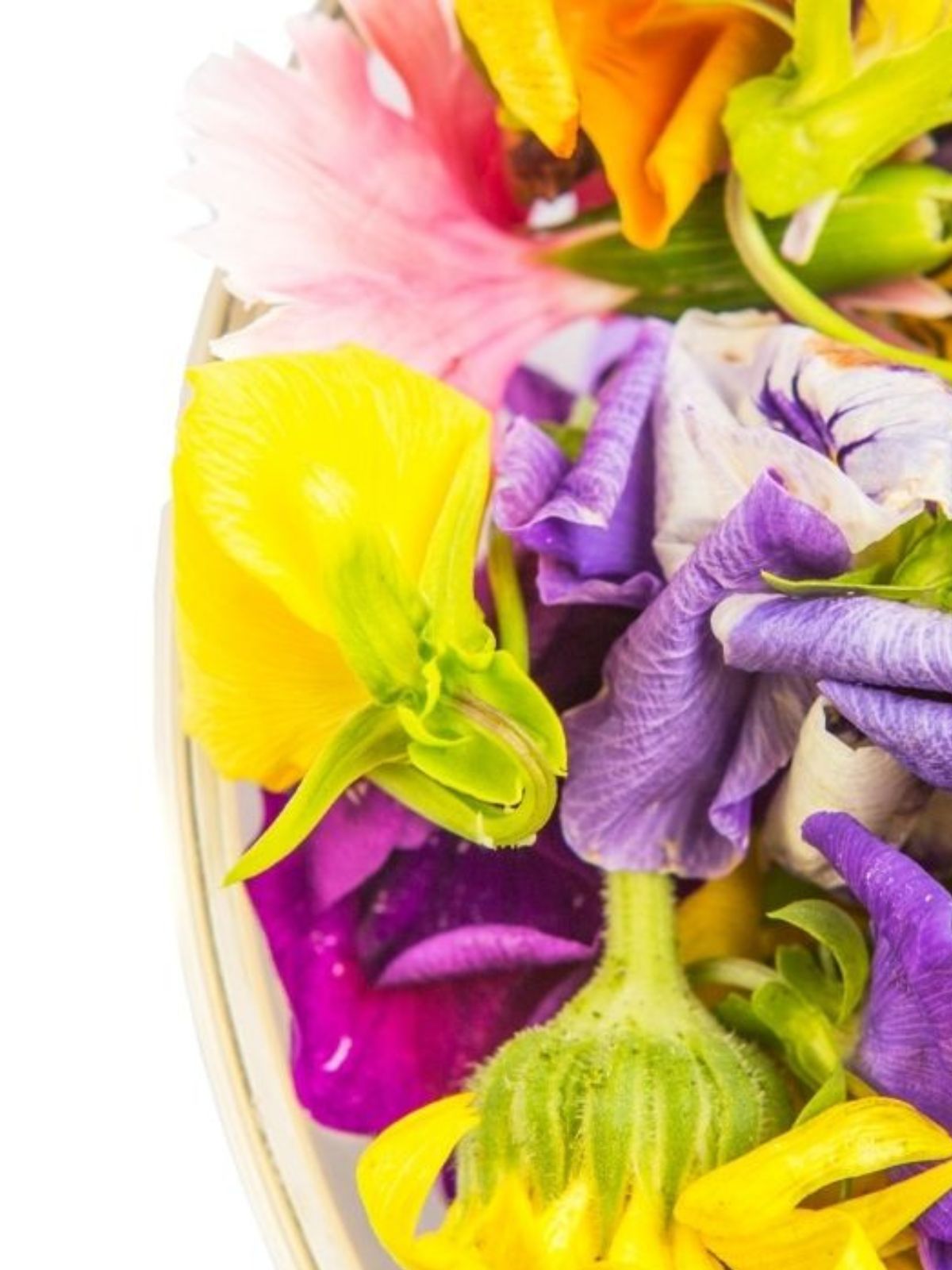 Edible FlowersStarting a veggie garden is a rewarding way to save money and ensures fresh, delicious produce right from your backyard. Growing your own vegetables offers the joy of knowing exactly where your food comes from
Edible FlowersStarting a veggie garden is a rewarding way to save money and ensures fresh, delicious produce right from your backyard. Growing your own vegetables offers the joy of knowing exactly where your food comes from - Family Tree Planting
 Family Tree Planting Maximise your garden’s potential with family tree planting! This innovative technique lets you grow multiple fruit varieties in one hole, offering a compact, productive orchard.
Family Tree Planting Maximise your garden’s potential with family tree planting! This innovative technique lets you grow multiple fruit varieties in one hole, offering a compact, productive orchard. - Feijoas
 FeijoasWhether eaten fresh, added to baking, blended into smoothies, or made into jam, feijoas are a treat you’ll love to grow and enjoy.
FeijoasWhether eaten fresh, added to baking, blended into smoothies, or made into jam, feijoas are a treat you’ll love to grow and enjoy. - Figs
 FigsFigs are hardy, low-maintenance deciduous trees that thrive in sunny spots. They produce sweet, nutrient-rich fruit that’s perfect fresh, baked, poached, or grilled.
FigsFigs are hardy, low-maintenance deciduous trees that thrive in sunny spots. They produce sweet, nutrient-rich fruit that’s perfect fresh, baked, poached, or grilled. - Finger Limes
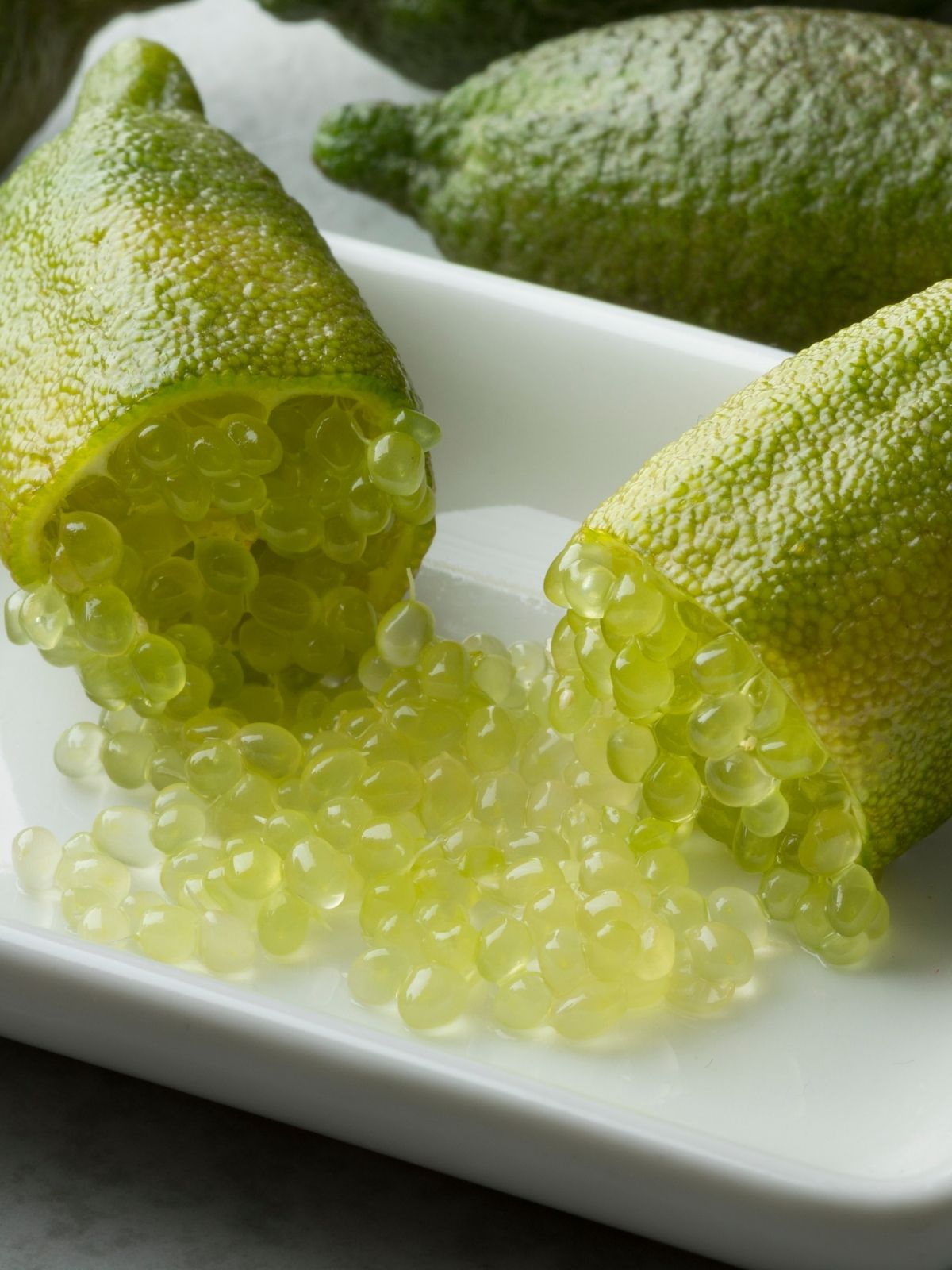 Finger LimesWith its tangy citrus burst, finger limes elevate everything from seafood dishes to cocktails. Whether you're growing them in the garden or a pot, these fruits are a feast for the taste buds and add a touch of elegance to any space.
Finger LimesWith its tangy citrus burst, finger limes elevate everything from seafood dishes to cocktails. Whether you're growing them in the garden or a pot, these fruits are a feast for the taste buds and add a touch of elegance to any space. - Foodscaping with Pots & Planters
 Foodscaping with Pots & PlantersFoodscaping is the perfect solution for those looking to grow their own fresh produce without sacrificing space or beauty, creating a functional and aesthetic garden.
Foodscaping with Pots & PlantersFoodscaping is the perfect solution for those looking to grow their own fresh produce without sacrificing space or beauty, creating a functional and aesthetic garden. - Fruit Trees - Dwarf Deciduous
 Fruit Trees - Dwarf DeciduousDwarf deciduous fruit trees are ideal for modern gardens, balconies, or patios. They take up less space, are easy to maintain, and provide full-sized fruit with minimal effort.
Fruit Trees - Dwarf DeciduousDwarf deciduous fruit trees are ideal for modern gardens, balconies, or patios. They take up less space, are easy to maintain, and provide full-sized fruit with minimal effort. - Fruit Trees - Prune & Train
 Fruit Trees - Prune & TrainAll fruit trees require training and pruning to develop proper shape and form, yield high-quality fruit, and live significantly longer. Training and pruning should begin from planting.
Fruit Trees - Prune & TrainAll fruit trees require training and pruning to develop proper shape and form, yield high-quality fruit, and live significantly longer. Training and pruning should begin from planting. - Fruit Trees - Summer Pruning
 Fruit Trees - Summer PruningSummer pruning is a smart and effective way to manage fruit trees in smaller spaces, making it easier to harvest and maintain a healthy garden
Fruit Trees - Summer PruningSummer pruning is a smart and effective way to manage fruit trees in smaller spaces, making it easier to harvest and maintain a healthy garden - Garlic - How to Grow
 Garlic - How to GrowGarlic is a versatile and essential ingredient in the kitchen and a rewarding crop to grow at home. With a bit of attention to detail, garlic can become one of your most successful garden crops.
Garlic - How to GrowGarlic is a versatile and essential ingredient in the kitchen and a rewarding crop to grow at home. With a bit of attention to detail, garlic can become one of your most successful garden crops. - Vegepod Grow Fresh Food Effortlessly
 Vegepod Grow Fresh Food EffortlesslyDreaming of fresh, homegrown veggies without the hassle? Vegepod makes it simple. Whether you’re a beginner, a seasoned gardener, or someone with limited mobility, Vegepod’s smart design takes the hard work out of growing food.
Vegepod Grow Fresh Food EffortlesslyDreaming of fresh, homegrown veggies without the hassle? Vegepod makes it simple. Whether you’re a beginner, a seasoned gardener, or someone with limited mobility, Vegepod’s smart design takes the hard work out of growing food. - Herb Companion Planting
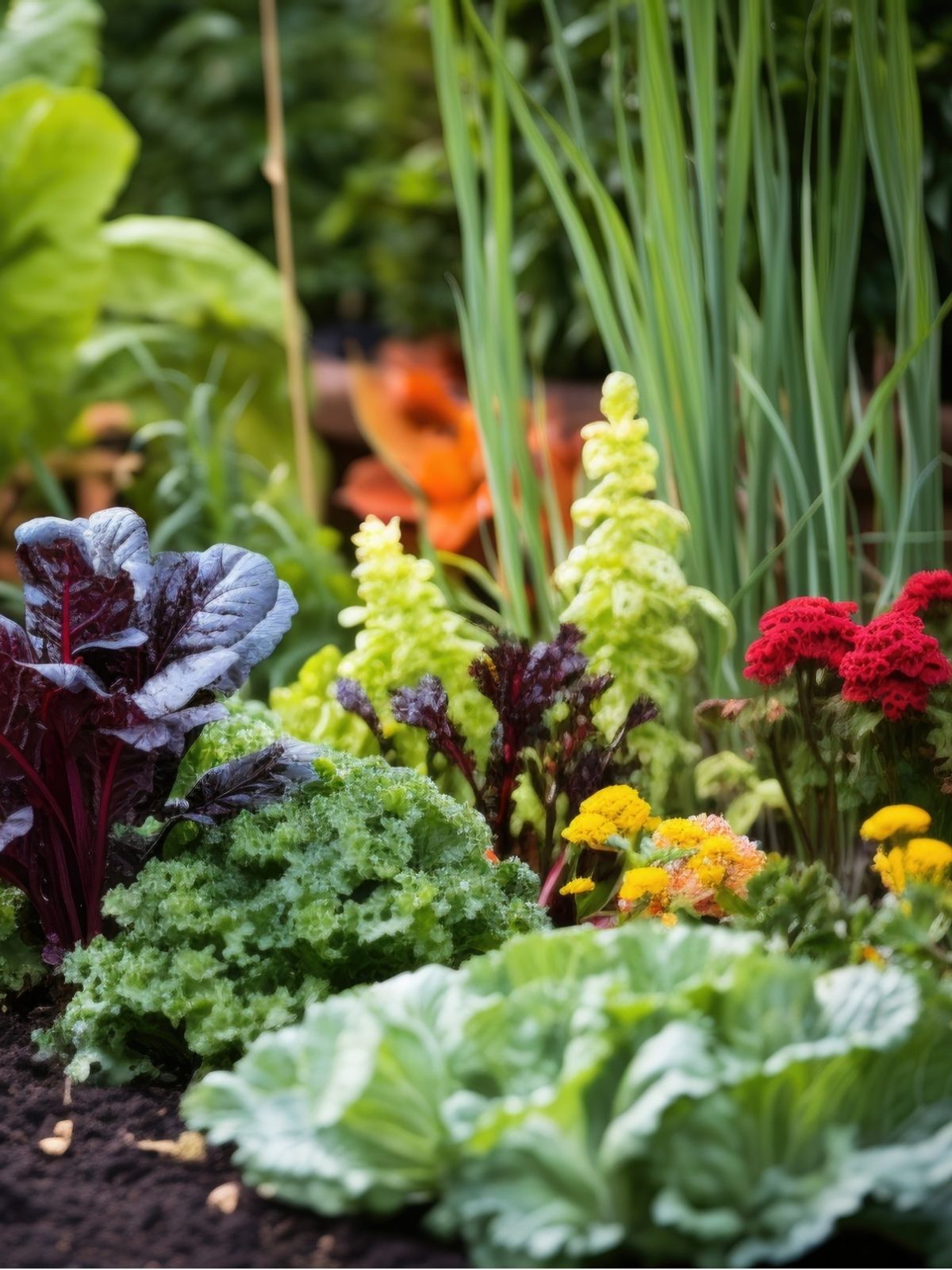 Herb Companion PlantingCompanion planting involves pairing plants that benefit each other, whether through pest control, pollination, or soil improvement. Herbs, flowers, and vegetables all have their ideal companions. Here’s a quick guide to get you started.
Herb Companion PlantingCompanion planting involves pairing plants that benefit each other, whether through pest control, pollination, or soil improvement. Herbs, flowers, and vegetables all have their ideal companions. Here’s a quick guide to get you started. - Herbs
 HerbsHerbs are a fantastic addition to any garden, adding flavour, fragrance, and a boost to your cooking. Here’s a guide to help you grow some of the best herbs, including tips for proper care and harvesting
HerbsHerbs are a fantastic addition to any garden, adding flavour, fragrance, and a boost to your cooking. Here’s a guide to help you grow some of the best herbs, including tips for proper care and harvesting - Herbs - Tea Time
 Herbs - Tea TimeRoot rot is a common yet preventable issue for gardeners, often caused by overwatering, poor drainage, or fungi in the soil.
Herbs - Tea TimeRoot rot is a common yet preventable issue for gardeners, often caused by overwatering, poor drainage, or fungi in the soil. - How to Graft
 How to GraftGrafting is a powerful technique for creating stronger, more fruitful trees by combining the best qualities of two plants. You can enhance plant health and productivity.
How to GraftGrafting is a powerful technique for creating stronger, more fruitful trees by combining the best qualities of two plants. You can enhance plant health and productivity. - Jiffy Pots & Pellets: An Easy Way to Grow
 Jiffy Pots & Pellets: An Easy Way to GrowRaising seeds and propagating cuttings has never been simpler, thanks to Jiffy pots and pellets. These biodegradable, environmentally friendly products are a favourite among gardeners of all skill levels.
Jiffy Pots & Pellets: An Easy Way to GrowRaising seeds and propagating cuttings has never been simpler, thanks to Jiffy pots and pellets. These biodegradable, environmentally friendly products are a favourite among gardeners of all skill levels. - Microgreens
 MicrogreensSprouts and microgreens are among the easiest and quickest foods to grow, packed with nutrients and perfect for adding a fresh, healthy touch to any meal.
MicrogreensSprouts and microgreens are among the easiest and quickest foods to grow, packed with nutrients and perfect for adding a fresh, healthy touch to any meal. - Mint Mania
 Mint ManiaMint is often an overlooked hero in the garden, but its versatility and wide range of uses make it a must-have for every household.
Mint ManiaMint is often an overlooked hero in the garden, but its versatility and wide range of uses make it a must-have for every household. - Moveable Gardens
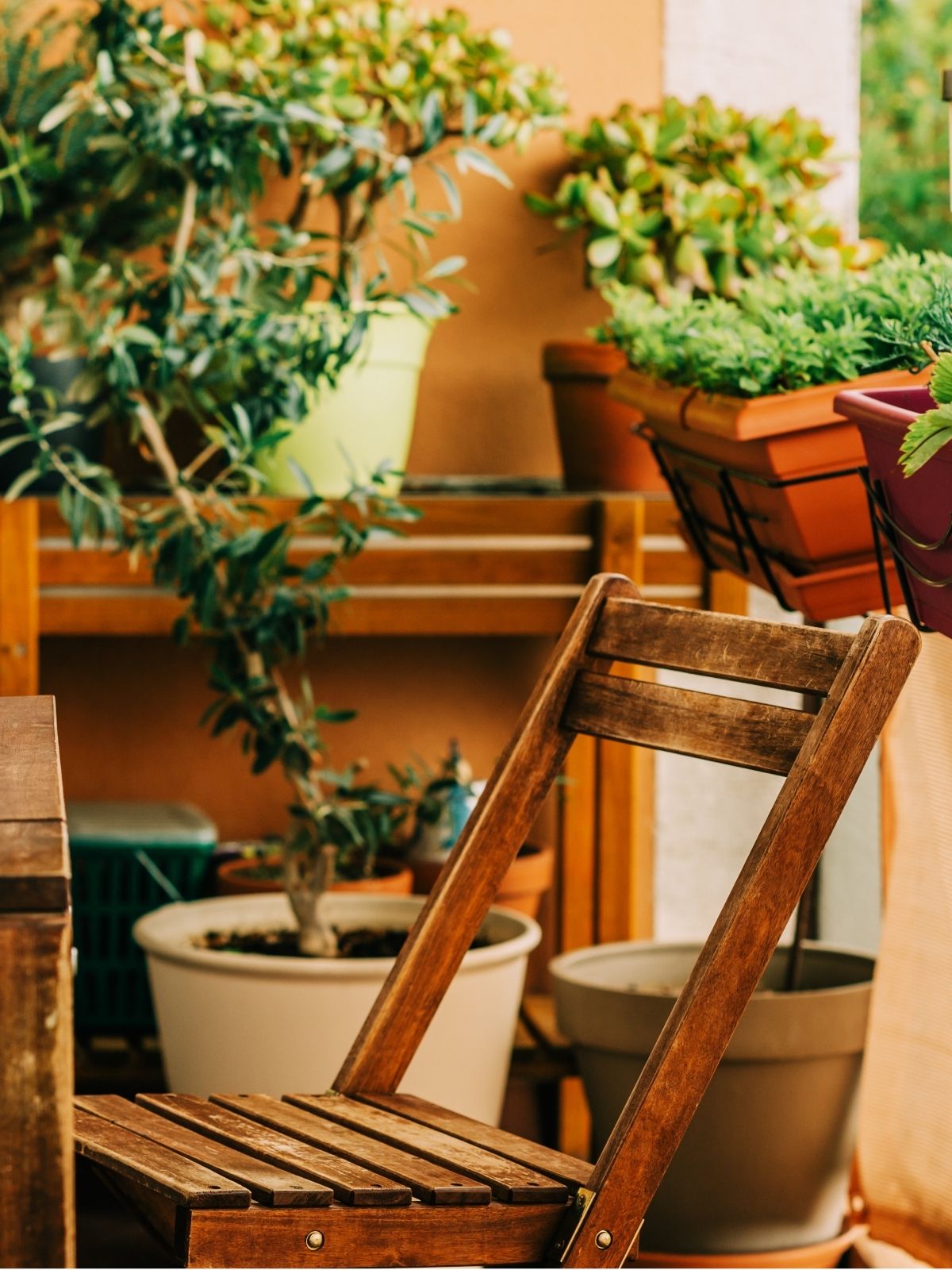 Moveable GardensMoveable gardens are the perfect solution for those with limited space, renters, or anyone who loves the flexibility of gardening in portable spaces.
Moveable GardensMoveable gardens are the perfect solution for those with limited space, renters, or anyone who loves the flexibility of gardening in portable spaces. - Mushrooms
 MushroomsHobby mushroom growing has surged in popularity in recent years, and for good reason. Growing your mushrooms at home can be both fun and rewarding. One of the most popular and easy-to-grow varieties in New Zealand is the oyster mushroom.
MushroomsHobby mushroom growing has surged in popularity in recent years, and for good reason. Growing your mushrooms at home can be both fun and rewarding. One of the most popular and easy-to-grow varieties in New Zealand is the oyster mushroom. - Māori Potatoes
 Māori PotatoesMāori potatoes, or taewa, have a long cultural heritage in New Zealand, with Māori cultivating these unique and colourful varieties for over 200 years.
Māori PotatoesMāori potatoes, or taewa, have a long cultural heritage in New Zealand, with Māori cultivating these unique and colourful varieties for over 200 years. - Olive Trees
 Olive TreesOlive trees are an iconic symbol of Mediterranean landscapes, known for their hardy nature and delicious fruit. Whether you dream of making olive oil or pickling olives, these trees are an excellent choice for aesthetic appeal and practical use.
Olive TreesOlive trees are an iconic symbol of Mediterranean landscapes, known for their hardy nature and delicious fruit. Whether you dream of making olive oil or pickling olives, these trees are an excellent choice for aesthetic appeal and practical use. - Passionfruit
 PassionfruitIf you want to plant a taste of summer in your garden, passionfruit (Passiflora edulis) is the perfect choice. It is easy to grow & offers a deliciously tangy fruit that can be eaten in various ways.
PassionfruitIf you want to plant a taste of summer in your garden, passionfruit (Passiflora edulis) is the perfect choice. It is easy to grow & offers a deliciously tangy fruit that can be eaten in various ways. - Peas & Beans
 Peas & BeansPeas and beans are some of the easiest and most rewarding vegetables to grow in a garden or containers. Not only do they thrive in various settings, but there’s nothing quite like harvesting fresh peas and beans straight from the vine.
Peas & BeansPeas and beans are some of the easiest and most rewarding vegetables to grow in a garden or containers. Not only do they thrive in various settings, but there’s nothing quite like harvesting fresh peas and beans straight from the vine. - Persimmons
 PersimmonsPersimmons are a unique and delightful fruit. They are both edible and delicious, offering a sweet taste with an unusual texture and vibrant colour. Not only are they a treat for the taste buds, but they are also packed with nutrients.
PersimmonsPersimmons are a unique and delightful fruit. They are both edible and delicious, offering a sweet taste with an unusual texture and vibrant colour. Not only are they a treat for the taste buds, but they are also packed with nutrients. - Pine Nuts
 Pine NutsWhether you’re looking to make your own pesto, sprinkle them on salads, or use them in savory dishes, growing your own pine nut tree can save you money while providing a sustainable and rewarding harvest.
Pine NutsWhether you’re looking to make your own pesto, sprinkle them on salads, or use them in savory dishes, growing your own pine nut tree can save you money while providing a sustainable and rewarding harvest. - Potatoes
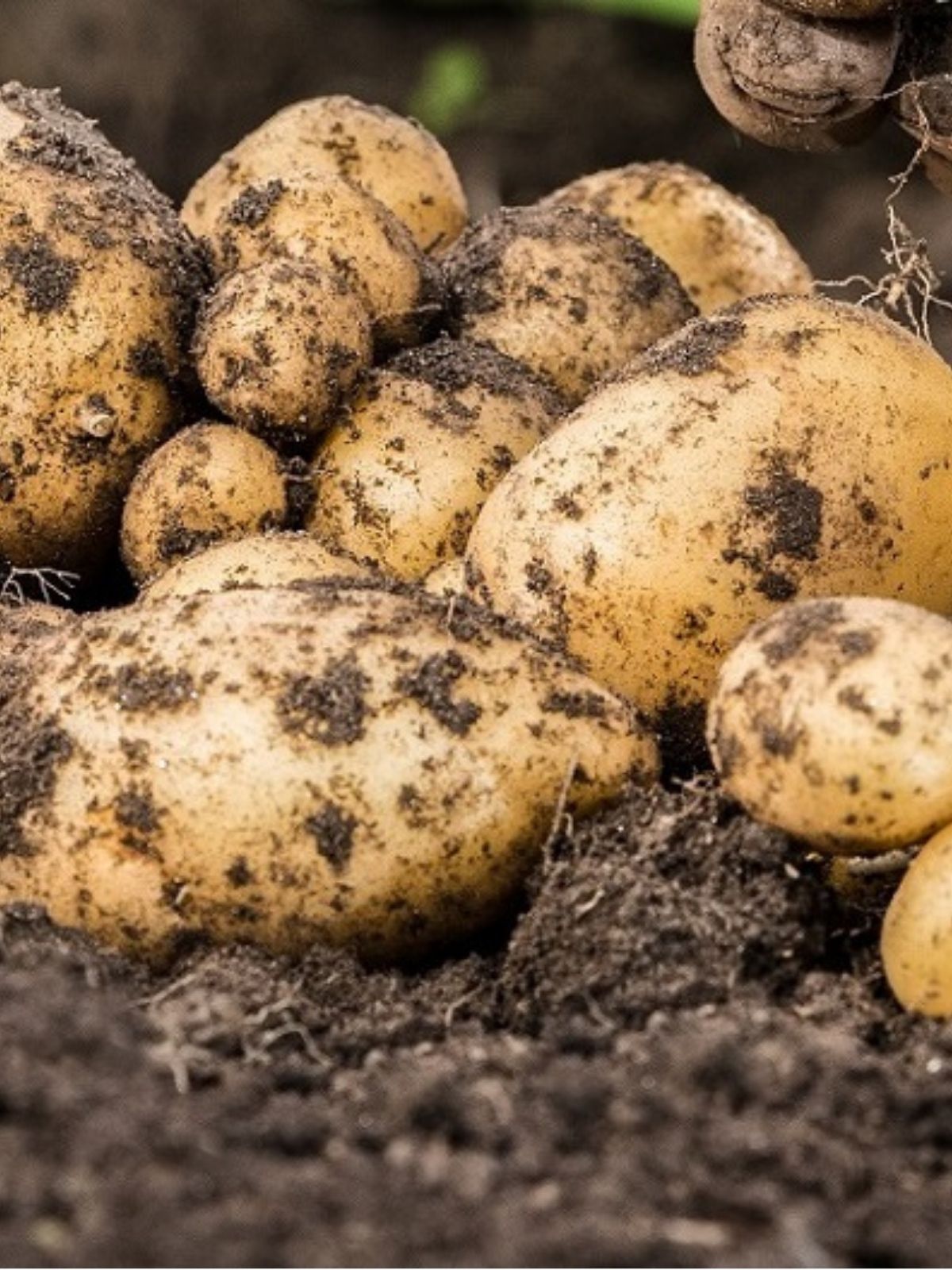 PotatoesGrowing your potatoes can be incredibly rewarding and surprisingly easy. Whether you want to grow them in the garden, pots or containers, potatoes are versatile and perfect for gardeners of all skill levels.
PotatoesGrowing your potatoes can be incredibly rewarding and surprisingly easy. Whether you want to grow them in the garden, pots or containers, potatoes are versatile and perfect for gardeners of all skill levels. - Potatoes FAQ
 Potatoes FAQLearn how to prevent common issues like pests, scabs, and blight, and discover the best practices for planting, chitting, and mounding your spuds.
Potatoes FAQLearn how to prevent common issues like pests, scabs, and blight, and discover the best practices for planting, chitting, and mounding your spuds. - Rhubarb
 RhubarbRhubarb is a versatile plant often used in sweet dishes, though it is technically a vegetable. Once established, it’s low-maintenance and can provide an abundance of tart stems perfect for pies, crumbles, and jams.
RhubarbRhubarb is a versatile plant often used in sweet dishes, though it is technically a vegetable. Once established, it’s low-maintenance and can provide an abundance of tart stems perfect for pies, crumbles, and jams. - Saffron
 SaffronTransform your garden into a treasure trove with saffron, the world’s most luxurious spice. Revered for its vibrant colour and unique flavour, saffron is a rewarding crop that’s easier to grow than you might think
SaffronTransform your garden into a treasure trove with saffron, the world’s most luxurious spice. Revered for its vibrant colour and unique flavour, saffron is a rewarding crop that’s easier to grow than you might think - Sage
 SageSage is a low-maintenance herb that not only enhances your cooking but also boosts your garden’s biodiversity, attracting vital pollinators like bees. Perfect for both sunny gardens and pots, it’s a great choice for almost any space.
SageSage is a low-maintenance herb that not only enhances your cooking but also boosts your garden’s biodiversity, attracting vital pollinators like bees. Perfect for both sunny gardens and pots, it’s a great choice for almost any space. - Seed Growing with Mr Fothergill’s
 Seed Growing with Mr Fothergill’sGrowing flowers or vegetables from seed is a rewarding and cost-effective way to create a thriving garden. Watching tiny seeds grow into flourishing plants provides a sense of satisfaction and wonder.
Seed Growing with Mr Fothergill’sGrowing flowers or vegetables from seed is a rewarding and cost-effective way to create a thriving garden. Watching tiny seeds grow into flourishing plants provides a sense of satisfaction and wonder. - Seed Sowing Guide
 Seed Sowing GuideGrowing plants from seed is incredibly rewarding and cost-effective to add beauty or produce fresh food in your garden. Watching a tiny seed transform into a full-grown plant is one of gardening’s great joys.
Seed Sowing GuideGrowing plants from seed is incredibly rewarding and cost-effective to add beauty or produce fresh food in your garden. Watching a tiny seed transform into a full-grown plant is one of gardening’s great joys. - Seed Tapes & Mats
 Seed Tapes & MatsSeed tapes and mats take the hassle out of sowing. These innovative products are designed to make planting easier, more efficient, and less time-consuming.
Seed Tapes & MatsSeed tapes and mats take the hassle out of sowing. These innovative products are designed to make planting easier, more efficient, and less time-consuming. - Shallots
 ShallotsShallots are a delicious and versatile addition to any garden, prized for their mild, sweet flavour. They are part of the allium family and are closely related to garlic, with the bonus of being relatively low maintenance for home gardeners.
ShallotsShallots are a delicious and versatile addition to any garden, prized for their mild, sweet flavour. They are part of the allium family and are closely related to garlic, with the bonus of being relatively low maintenance for home gardeners. - Sprouts
 SproutsSprouting is one of the quickest and simplest ways to grow healthy food at home. Whether growing them for salads, sandwiches, or stir-fries, sprouts are a great source of vitamins.
SproutsSprouting is one of the quickest and simplest ways to grow healthy food at home. Whether growing them for salads, sandwiches, or stir-fries, sprouts are a great source of vitamins. - Square Foot Gardening
 Square Foot GardeningIf you're short on space, new to gardening, or simply looking for a low-maintenance, highly productive way to grow edibles, Square Foot Gardening (SFG) might be the perfect solution.
Square Foot GardeningIf you're short on space, new to gardening, or simply looking for a low-maintenance, highly productive way to grow edibles, Square Foot Gardening (SFG) might be the perfect solution. - Strawberries
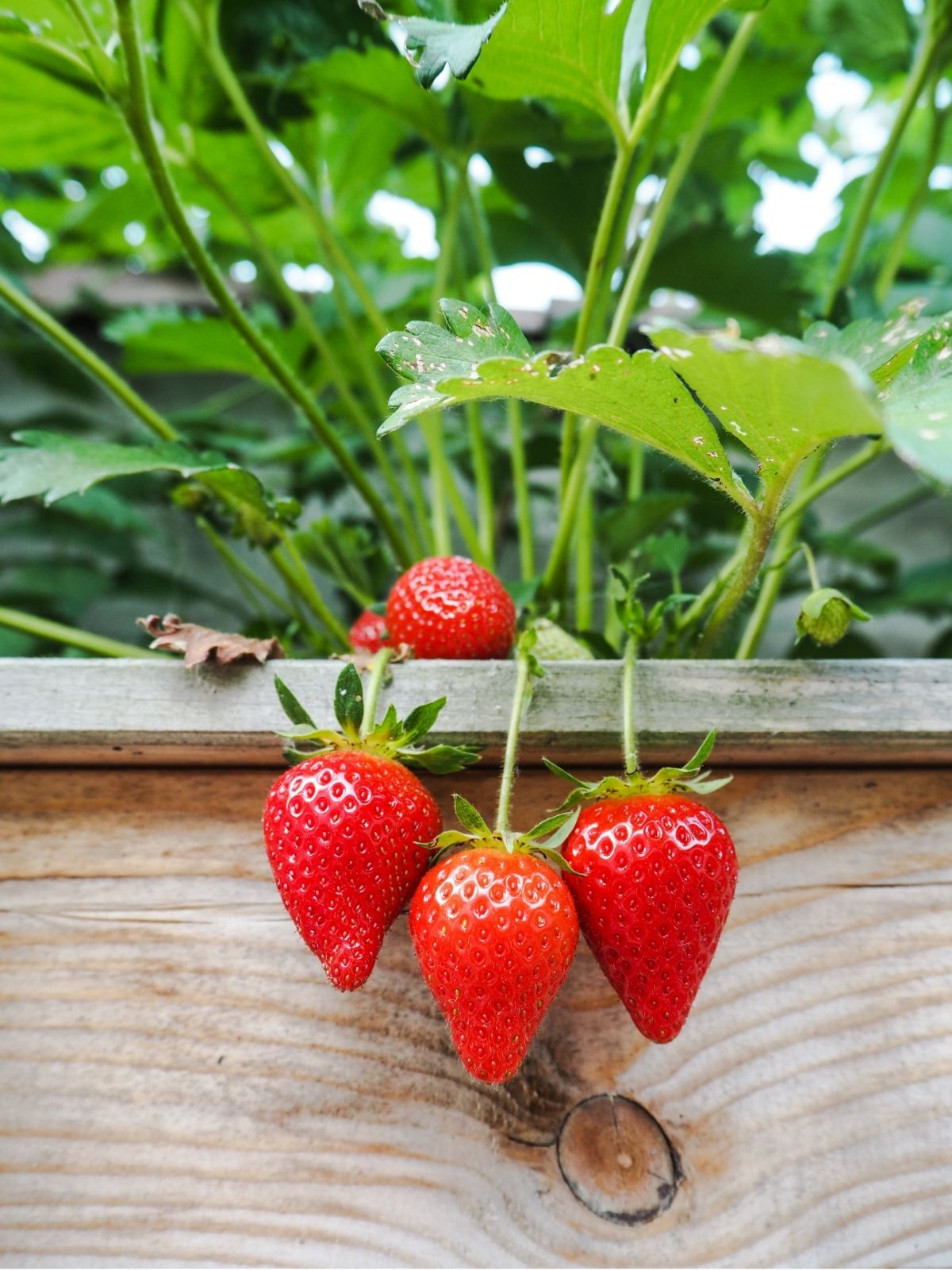 StrawberriesStrawberries are a summer favourite, known for their juicy sweetness and vibrant colour. While we typically enjoy them in the warmer months, the key to a bumper strawberry crop starts long before summer.
StrawberriesStrawberries are a summer favourite, known for their juicy sweetness and vibrant colour. While we typically enjoy them in the warmer months, the key to a bumper strawberry crop starts long before summer. - Strawberry Runners
 Strawberry RunnersStrawberries are a rewarding and easy-to-grow plant, and the great news is that you can keep growing them year after year without buying new plants.
Strawberry RunnersStrawberries are a rewarding and easy-to-grow plant, and the great news is that you can keep growing them year after year without buying new plants. - Sunflowers
 SunflowersNothing says summer like the cheerful face of a sunflower! These vibrant blooms are perfect for brightening up any garden or patio.
SunflowersNothing says summer like the cheerful face of a sunflower! These vibrant blooms are perfect for brightening up any garden or patio. - Tamarillo - Tree Tomato
 Tamarillo - Tree TomatoTamarillo plants are not only a fascinating addition to the garden, but they also provide a delicious and healthy fruit. Known for their sweet-tart flavour, tamarillos are versatile and can be used in a variety of dishes, from smoothies to chutneys.
Tamarillo - Tree TomatoTamarillo plants are not only a fascinating addition to the garden, but they also provide a delicious and healthy fruit. Known for their sweet-tart flavour, tamarillos are versatile and can be used in a variety of dishes, from smoothies to chutneys. - The Magic of Neem
 The Magic of NeemI often forget to mention the small yet powerful tools that keep my plants healthy. One of my favourites is Neem, a low-cost, organic product that has been a game changer in our garden.
The Magic of NeemI often forget to mention the small yet powerful tools that keep my plants healthy. One of my favourites is Neem, a low-cost, organic product that has been a game changer in our garden. - Tomato Doctor
 Tomato DoctorEnsuring tomato plants stay healthy and productive is key to a successful harvest. Here are some tips and remedies for common tomato problems, including keeping plants free from pests and disease.
Tomato DoctorEnsuring tomato plants stay healthy and productive is key to a successful harvest. Here are some tips and remedies for common tomato problems, including keeping plants free from pests and disease. - Tomatoes Grafted
 Tomatoes GraftedGrafted tomatoes are created by merging two different tomato varieties. The result is a plant with incredible resilience and productivity, used extensively by commercial growers worldwide.
Tomatoes GraftedGrafted tomatoes are created by merging two different tomato varieties. The result is a plant with incredible resilience and productivity, used extensively by commercial growers worldwide. - Tomato Growing Guide
 Tomato Growing GuideTomatoes are a must-have in any garden, offering homegrown flavour and versatility for all your culinary needs. Whether you're planting in the garden, pots, or containers, tomatoes thrive with just the right care.
Tomato Growing GuideTomatoes are a must-have in any garden, offering homegrown flavour and versatility for all your culinary needs. Whether you're planting in the garden, pots, or containers, tomatoes thrive with just the right care. - Vege - Winter Hardy
 Vege - Winter HardyAutumn is the perfect time to start planning for your winter vegetable garden. With the cooler weather and dewy mornings, it's a great time to plant hardy veggies that will thrive through the colder months.
Vege - Winter HardyAutumn is the perfect time to start planning for your winter vegetable garden. With the cooler weather and dewy mornings, it's a great time to plant hardy veggies that will thrive through the colder months. - Vege Garden How to Create
 Vege Garden How to CreateStarting a veggie garden is a rewarding way to save money and ensures fresh, delicious produce right from your backyard. Growing your own vegetables offers the joy of knowing exactly where your food comes from
Vege Garden How to CreateStarting a veggie garden is a rewarding way to save money and ensures fresh, delicious produce right from your backyard. Growing your own vegetables offers the joy of knowing exactly where your food comes from - Vege Gardens - DIY Cloche
 Vege Gardens - DIY ClocheA cloche is a simple yet effective way to extend your growing season, allowing you to cultivate vegetables year-round, even in cooler climates.
Vege Gardens - DIY ClocheA cloche is a simple yet effective way to extend your growing season, allowing you to cultivate vegetables year-round, even in cooler climates. - Vege Gardens - Raised Beds
 Vege Gardens - Raised BedsWith so many benefits to raised vegetable gardens, there’s no reason not to start your own. It’s easier than you think, and the reward of fresh, delicious, and healthy vegetables is worth every effort.
Vege Gardens - Raised BedsWith so many benefits to raised vegetable gardens, there’s no reason not to start your own. It’s easier than you think, and the reward of fresh, delicious, and healthy vegetables is worth every effort. - Vege Superfood
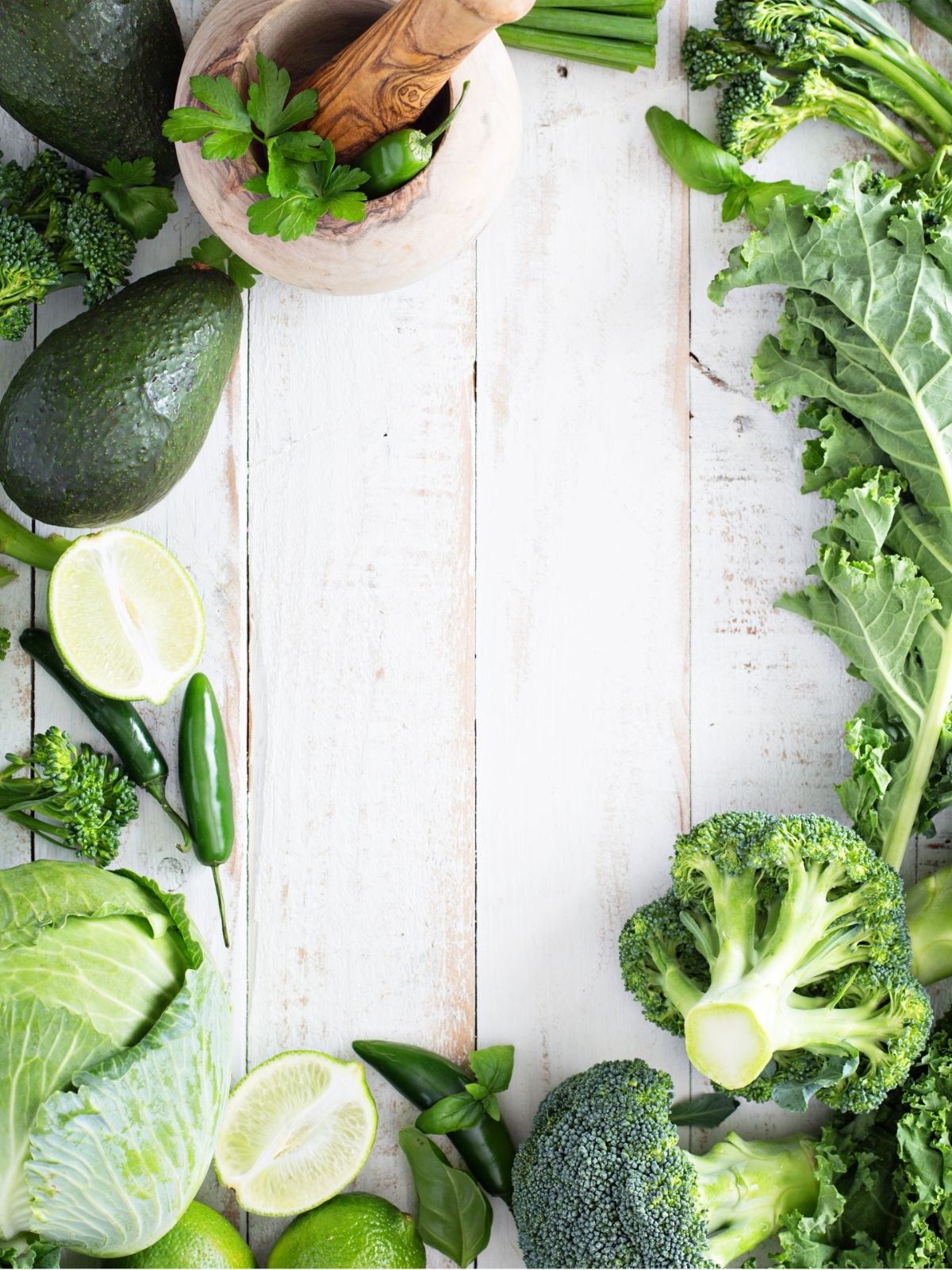 Vege SuperfoodBoost your health and enhance your garden by growing these superfood veggies! Packed with essential vitamins, minerals, and antioxidants, these will be a powerhouse addition to your home garden.
Vege SuperfoodBoost your health and enhance your garden by growing these superfood veggies! Packed with essential vitamins, minerals, and antioxidants, these will be a powerhouse addition to your home garden. - Water Saving
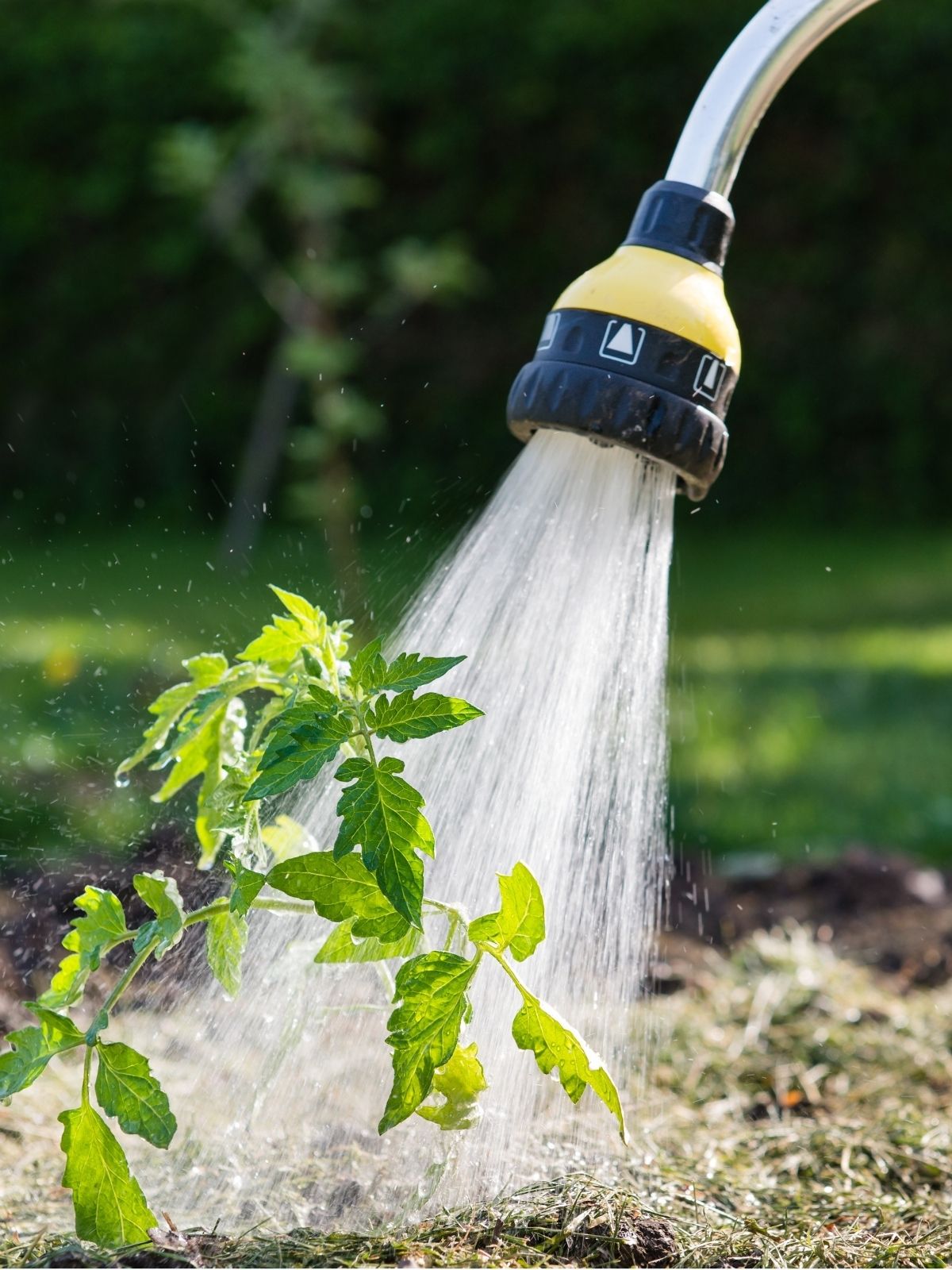 Water SavingWith the increasing frequency of dry summers and the rising cost of excess water usage, saving water in the garden has become more important than ever.
Water SavingWith the increasing frequency of dry summers and the rising cost of excess water usage, saving water in the garden has become more important than ever. - Windowsill Gardens
 Windowsill GardensA windowsill garden is the perfect way to bring fresh greenery into your home, especially during the colder months. Growing herbs and microgreens adds a burst of flavour to your dishes.
Windowsill GardensA windowsill garden is the perfect way to bring fresh greenery into your home, especially during the colder months. Growing herbs and microgreens adds a burst of flavour to your dishes. - Yams
 YamsOxalis Tuberosa, or the common yam, offers a rewarding harvest with minimal effort. With varieties like Red and Inca Gold, you can enjoy high yields and a tasty, nutritious vegetable that thrives in well-drained soil and sunny spots.
YamsOxalis Tuberosa, or the common yam, offers a rewarding harvest with minimal effort. With varieties like Red and Inca Gold, you can enjoy high yields and a tasty, nutritious vegetable that thrives in well-drained soil and sunny spots. - Zucchini Tennis Ball
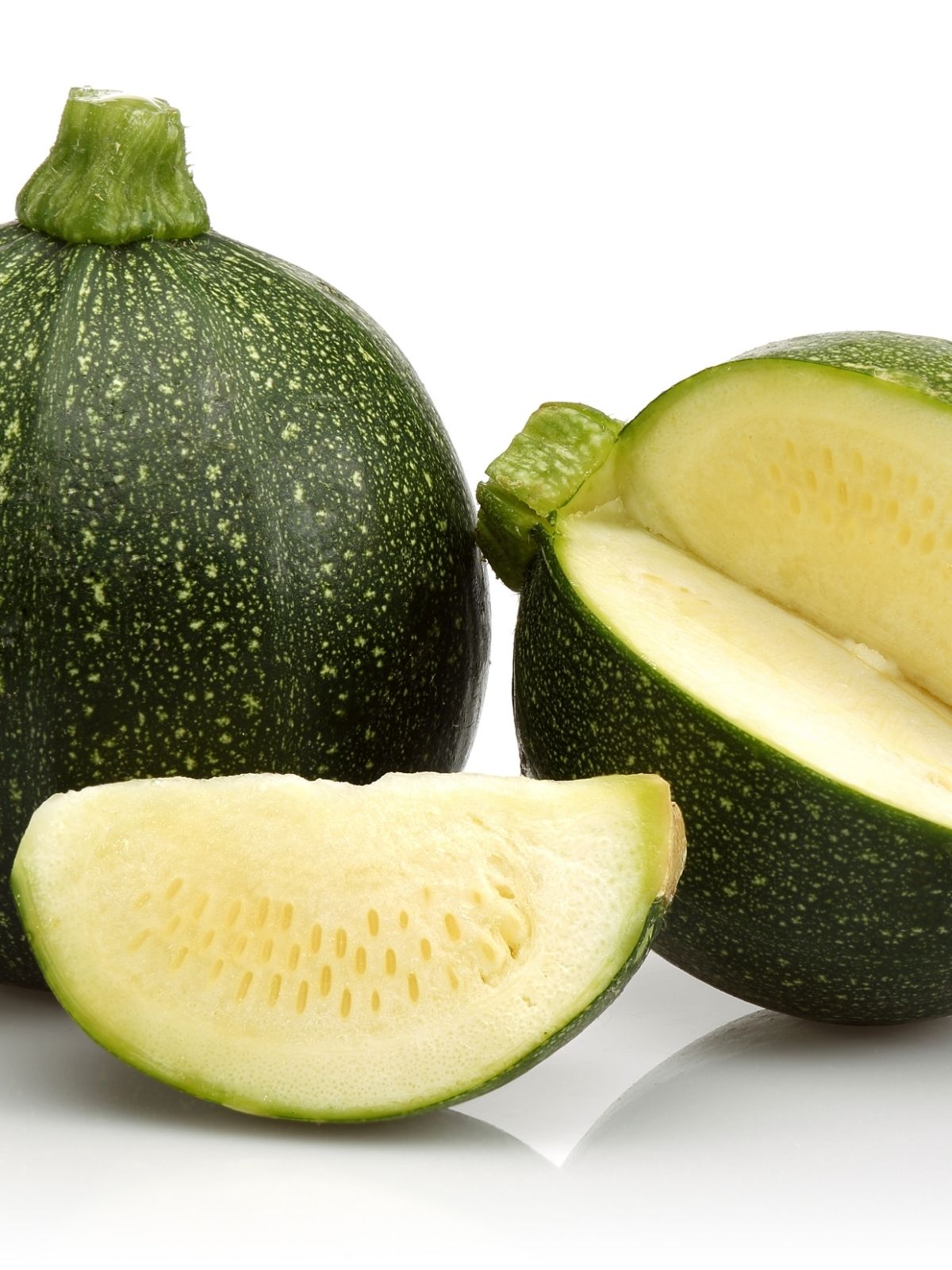 Zucchini Tennis BallThe Tennis Ball zucchini offers all the deliciousness of traditional zucchini in a compact, round shape. Ideal for small spaces or container gardening, these zucchinis are perfect for any meal, from stir-fries to BBQs.
Zucchini Tennis BallThe Tennis Ball zucchini offers all the deliciousness of traditional zucchini in a compact, round shape. Ideal for small spaces or container gardening, these zucchinis are perfect for any meal, from stir-fries to BBQs.
Website development marketing agency